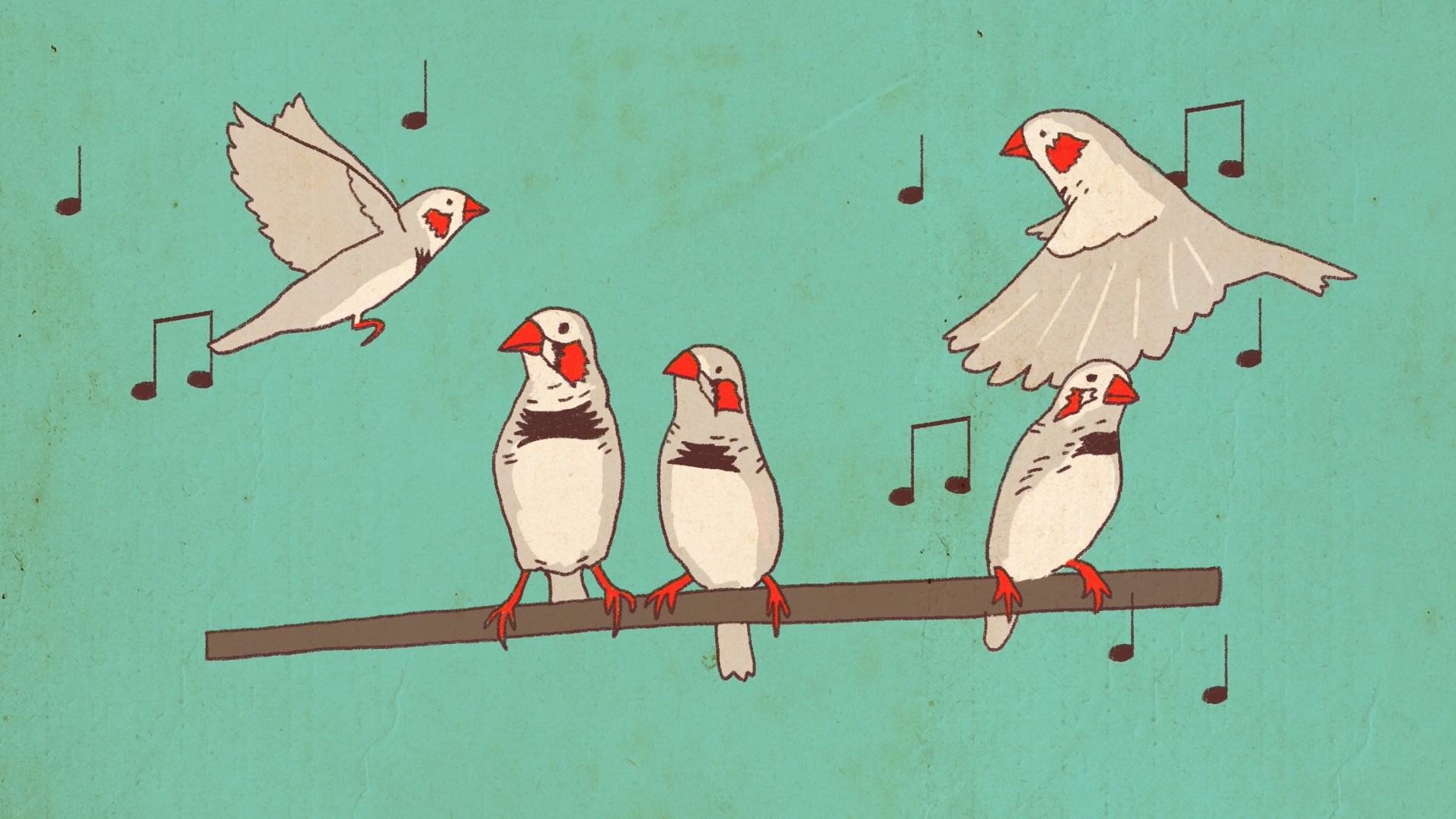Getty Images
If you grabbed 100 Americans off the street and gave them a brain scan, two would likely have what’s called a cerebral aneurysm—a weak or bulging blood vessel in the brain.Most of these ballooning arteries have no symptoms and may never cause problems. But aneurysms that rupture pose a grave danger, says George Teitelbaum, an interventional radiologist and director of the Stroke and Aneurysm Center at Providence Saint John’s Health Center in California.Every year, aneurysms burst in the brains of about 10 in 10,000 people, according to the National Institute of Neurological Disorders and Stroke. Blood can then rush into the space between the skull and the brain, causing a type of stroke called a subarachnoid hemorrhage.The main symptom is a sudden, severe headache—the worst you’ve had in your life, says Vinodh Doss, an osteopathic neurologist at New Hanover Regional Medical Center in North Carolina. Your vision may blur or double, your neck stiffens, your stomach turns queasy. You might vomit, have a seizure, feel drowsy and confused, or lose consciousness altogether, as blood flow to your brain slows.About 10 percent of people whose brain aneurysms rupture don’t make it to the hospital alive, Doss says. About 40 percent die within a day, and another one-fourth do so within six months. Many people have potentially deadly complications like spasms in the blood vessels or hydrocephalus, a fluid buildup that increases pressure on the brain. Those who survive have a long road to recovery and often have lasting neurological damage.“This is a life-changing event for a lot of people. They’re very sick very quickly, and there’s a high mortality associated with it,” Doss says. “So it’s important that you’re evaluated quickly and aggressively.”
Watch More from Tonic:
Large aneurysms that haven’t ruptured yet may squeeze your brain or nerves, causing symptoms like vision changes, pain above or behind one eye, a dilated pupil, or numbness on one side of your face. Sometimes, mild bleeding precedes a full-blown burst, causing a sudden, severe headache that relents but then usually returns.But smaller aneurysms might cause no signs at all, and you might not even know you have one unless you have an imaging test for something else—say, a CT or MRI if you fall and hit your head. Science has come a long way in understanding the risk factors for aneurysms—which include being older, female, and having certain genetic conditions—and how to treat them. But there’s still a gap in knowledge in terms of knowing which will rupture and which won’t, Doss says.That’s important, because while there are treatments to prevent rupture, they carry their own risks. Doctors and patients have to balance these dangers—including damage to other blood vessels and strokes—against the likelihood that the aneurysms would burst if left alone.Considerations include both the size of the bulge—the bigger, the badder—and the location. Aneurysms in the back of your brain rupture more frequently than those in the front, Teitelbaum says. Those with irregular shapes or other unusual characteristics are typically viewed as riskier too, Doss says.People with a family history are both more likely to develop an aneurysm and to have existing aneurysms rupture. (In fact, Teitelbaum recommends that if you’ve had two first-degree relatives with brain aneurysms, ask your doctor about getting screened for them.) So are those with other medical conditions, including high blood pressure, connective tissue disorders like Ehlers-Danlos syndrome, kidney disease, and some birth defects.Based on all those factors, your doctor may recommend either treating an unruptured aneurysm or keeping an eye on it. While monitoring a bulging blood vessel sounds terrifying, Doss says neurologists can work with patients to ensure “we’re staying ahead of this.”You might have an MRI or CT scan every year to make sure the aneurysm doesn’t change or grow, and your doctor will educate you on symptoms that warrant a return visit. Controlling your blood pressure can reduce your rupture risk. So can steering clear of smoking, heavy drinking, and using drugs like cocaine and meth, which cause potentially risky blood-pressure spikes, Doss says.Where modern medicine has truly excelled has been in treating risky or ruptured aneurysms, Teitelbaum says; most of the procedures he now performs regularly, he’s learned since completing his fellowship in 1994.Though some people still need a type of brain surgery in which aneurysms are cut out and replaced with a tiny metal clip, most can be treated endovascularly, where surgeons manuever through blood vessels instead of having to open up the skull. In some cases, they thread a catheter up into the affected artery and place a metal coil inside the aneurysm, filling it up and reducing the risk of rupture.In an even newer procedure, they can place what’s called a pipeline embolization device across the neck of the aneurysm, diverting blood flow away from the weak spot until it shrinks on its own. “It is a very serious and deadly disease, but we’re fortunate that we have so many effective treatment options,” Teitelbaum says. Choosing your healthcare team wisely can also help—studies have found the more such procedures your surgeon and hospital perform, the better you’re likely to do in the long run.Sign up for our newsletter to get the best of Tonic delivered to your inbox weekly.
Advertisement
Watch More from Tonic:

Large aneurysms that haven’t ruptured yet may squeeze your brain or nerves, causing symptoms like vision changes, pain above or behind one eye, a dilated pupil, or numbness on one side of your face. Sometimes, mild bleeding precedes a full-blown burst, causing a sudden, severe headache that relents but then usually returns.
Advertisement
Advertisement